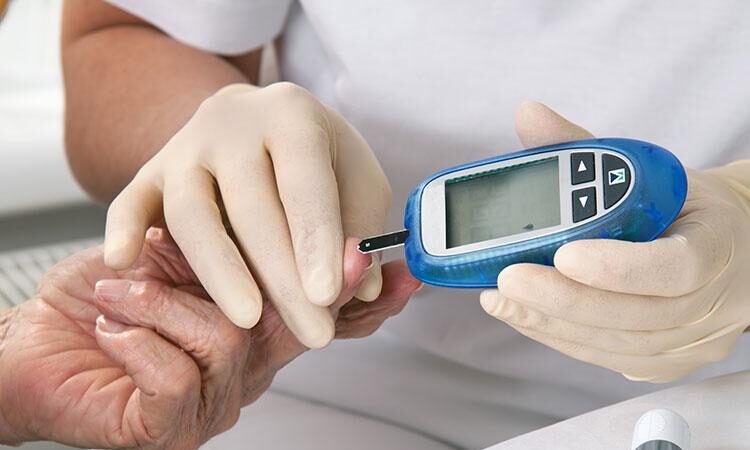
Diabetes is a disease in which the body produces high glucose or blood sugar levels. The pancreas, an organ that sits behind the stomach and secretes digestive enzymes, produces insulin in order to process the glucose and distribute it to the body’s cells. Later, if not enough insulin is produced or if the body becomes resistant to its effects, the glucose cannot be broken down and used by the body as energy. Instead, it is stored in the bloodstream, which can cause negative health implications for many organs. As a chronic disease that usually requires lifelong management, Lafayette diabetes has serious short-term and long-term effects on patients, which is why it is crucial to closely manage the disease.
Types of diabetes
There are two main types of diabetes: type 1 and type 2. Type 1 diabetes is an autoimmune condition, which means that the body’s defense system mistakenly attacks and destroys healthy cells in the pancreas that make insulin.
Type 2 diabetes develops when the body either doesn’t produce enough insulin or becomes resistant to its effects. Insulin is a hormone that transfers glucose or sugar from the bloodstream into cells for energy. Without enough insulin, there’s not enough glucose available to fuel your body’s cells, so your blood sugar levels rise.
Type 1 and type 2 diabetes require careful monitoring of blood sugar levels and medication needs, but their treatment differs significantly. Type 1 diabetics must carefully monitor their glucose intake and manage their insulin administration through several daily injections, a continuous subcutaneous infusion pump, and regular finger pricks to check glucose levels. Type 2 diabetes, on the other hand, can be managed mainly through diet and exercise. Most people who have been diagnosed with type 2 diabetes can keep their blood sugar levels under control with lifestyle changes alone though they may still need to take oral medications.
What are the symptoms of diabetes?
The symptoms of diabetes include;
- Frequent urination, especially at night
- Extreme thirst
- Hunger
- Tiredness
- Nausea
- Blurred vision
- Abdominal pain or aching joints
- Weight loss or gain without dieting and tingling of fingers or toes (due to nerve damage).
How is diabetes treated?
At present, there are two major treatments for diabetes. These include oral medications and insulin injections. People with type 2 diabetes usually take oral medications because their bodies can still produce some insulin, although not enough to meet their needs. Type 1 diabetics must take insulin injections because their bodies no longer produce insulin. A doctor prescribing oral medications typically decides what dose and type of medication to prescribe based on a patient’s age, the current level of glucose control, body weight, amount of physical activity, and gender.
Diabetes is a chronic condition that affects the body’s ability to process glucose.
People with diabetes need to be careful about monitoring their blood glucose levels to ensure that they have the right amount of insulin in their system and that they’re getting the food and exercise they need. Besides, it is always important to stay in touch with Moore Healthcare Group professionals.

